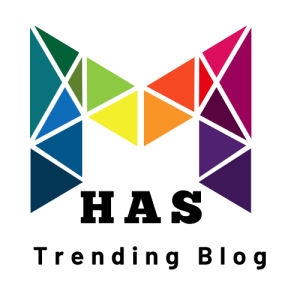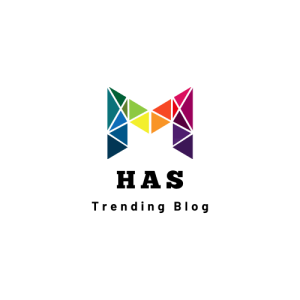When a web designing career strikes your mind, you often bring up compelling designs and pleasing web content, making the platform comprehensible. It’s not wrong to say that only a creative and convergent thinker should put hands into this profession. Though it sounds overwhelming to be a web designer, do you know what web designers do? What are the duties of a web designer? What are the top skills of a web designer in a company? What tools a designer needs to know? Well! Once you get the answers to these questions, it reveals whether this career meant for you or not.
Wait! Wait!! Don’t Worry! This is not a big fish! Beginning with the design phase for a basic web page is not as hard as you suppose. Let’s start with some web designing Skills to quickly pave the desired path.
-
Your Artistic and Fundamental Skills:
Though you are familiar with artistic skills, learning fundamentals of designing makes a huge disparity as little knowledge of expertise can create things that can be strategic and exclusive at last. Basic Visual cognition is the root of advanced web interfaces and designs. Be its ad, website, app or just portfolio, these basics assist in directing your effort at the proper pace.
-
Sense of Eye-catching Blueprints:
Using typefaces also called typographies to create a sense of eye-catching blueprints. Using varied weight and Fonts is mandatory for being a designer, as it gives meaning to your communication.
While designing, numbers of fonts are available but choosing one is daunting. Every day fonts are Arial, Arial Black, Verdana and Georgia for the body of writing while other decorative fonts used to work on highlights. An Expert knows what and where fonts need to apply for engaging content.
If you are newer in this stream, Search for various online typeface platforms like Linotype, Font Font, Type Trust etc.
-
Structuring text and its faces:
After typefaces, arranging your content, images etc. in a specific structure is the next priority. In a view of creative and functional usage, Platform must be shaped to clearly demonstrate ideas and purpose of making it. The highlighted content should grasp the reader’s courtesy to read till the end. The creative arrangement includes using the highlighted statements, putting spaces and adding images in the right proportion to add balance to your writing.
-
Adding Enchanting Color Shades to your work:
Many of us recognize the primary color Wheel RGB and its secondary and tertiary shades that can create any text or images more vibrant. Being decorator, you must have the knowledge of the colliding colors and an obviously little mistake can cause blunder to any blueprint leaving it horrid. Considering the use of light and dark colors at important places like header, footer, attention lines count your skills to stay in this job.
-
Use of UI and UX:
A Combination of good user experience and user interface makes your platform perceivable.
Look at the following aspects of UI and UX while designing:
- Adding the reader’s specific layout and designs bespoke to their requirements.
- The appealing blueprint that emphases on social behavior, instead of automation knowledge
- Encouraging text that assists readers to perform in the same sense you need to do in less time.
-
Designing Software:
While exploring online, you get the number of Designing software that assures to create responsive designs. However, a wise approach to finding one that satisfies your requirement is best to move forward. These days, free of cost Adobe’s Photoshop, Illustrator software is the choice and advice of expert designers. But if you go for paid tools like Lightroom, Affinity Photo, Capture One Pro and DxO PhotoLab etc. that offer photo editing features that you could not even think.
Designing is not only creating websites or Apps
Be its Web development or designing, a range of assured target acquisitions are required. Like other technical languages, a designer’s knowledge should be enriched with typefaces, colors, UI/UX usage, trendy software, structures that I already explained above. Above all, better understanding, soft reaction to the client’s feedback and reworking on your mistake will polish you a good professional.













